
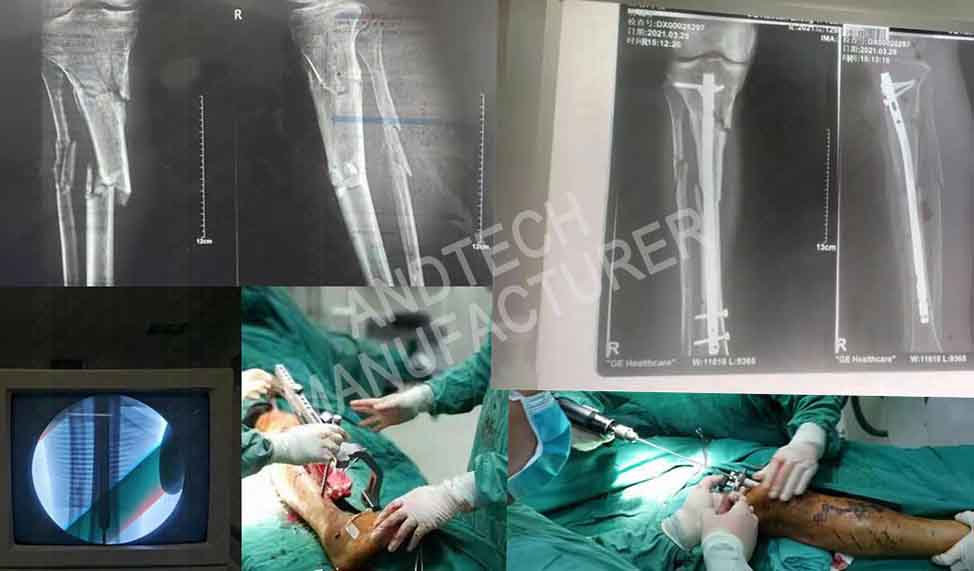 The distal threaded hole design prevents the lock nail from exiting and enhances the reliability of the fixation.
The distal threaded hole design prevents the lock nail from exiting and enhances the reliability of the fixation.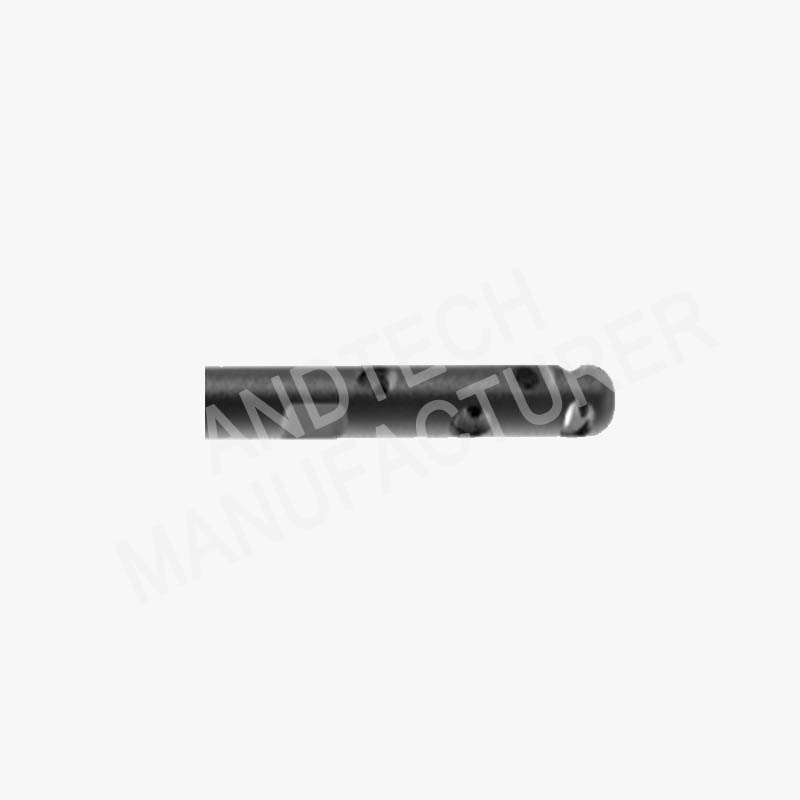 The ultra-distal locking hole design provides a wider fixing range. The most distal locking nail is placed at an angle to avoid damage to important soft tissues such as tendons and improve the stability of fracture fixation.
The ultra-distal locking hole design provides a wider fixing range. The most distal locking nail is placed at an angle to avoid damage to important soft tissues such as tendons and improve the stability of fracture fixation.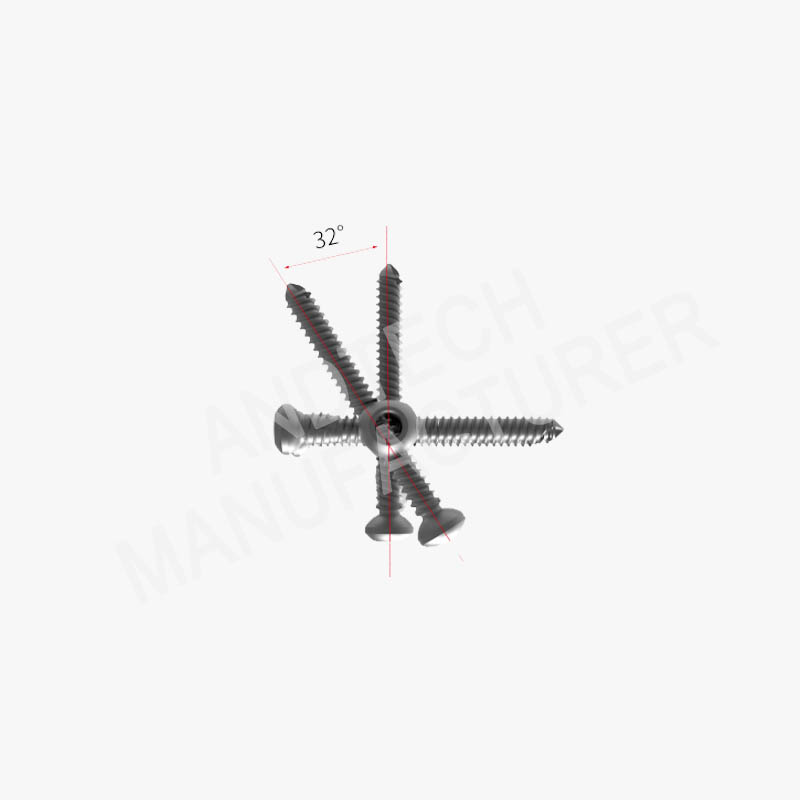
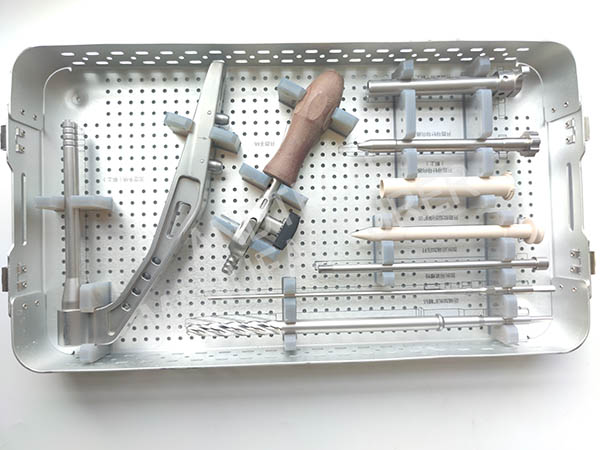
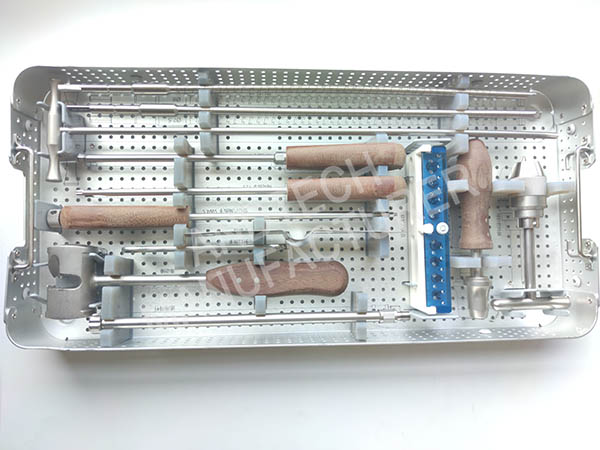

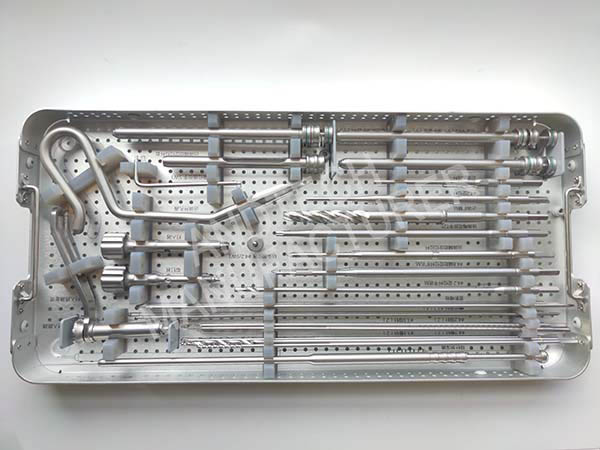 Tibia Shaft Fracture Tibial metaphyseal fracture Partial tibial plateau intra-articular fracture And intra-articular fractures of the distal tibia The multi-planar threaded locking screw hole design at the proximal end of the main nail, combined with the special cancellous bone screw, gives it unparalleled "angular stability", meeting the requirements for fixation of the proximal cancellous bone of the tibia, and providing stronger holding force.CaseInstruments
Tibia Shaft Fracture Tibial metaphyseal fracture Partial tibial plateau intra-articular fracture And intra-articular fractures of the distal tibia The multi-planar threaded locking screw hole design at the proximal end of the main nail, combined with the special cancellous bone screw, gives it unparalleled "angular stability", meeting the requirements for fixation of the proximal cancellous bone of the tibia, and providing stronger holding force.CaseInstruments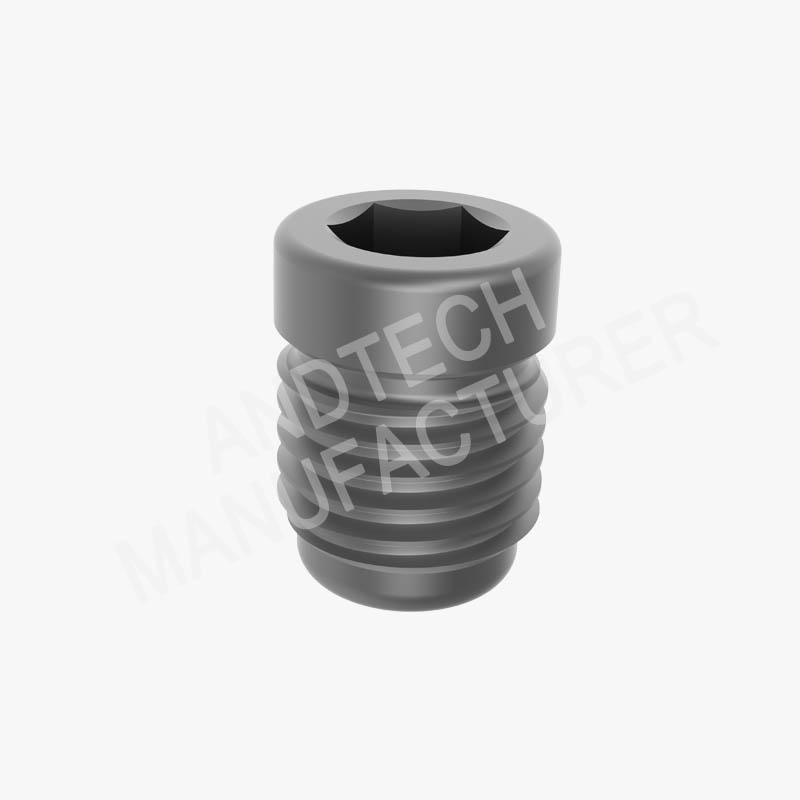
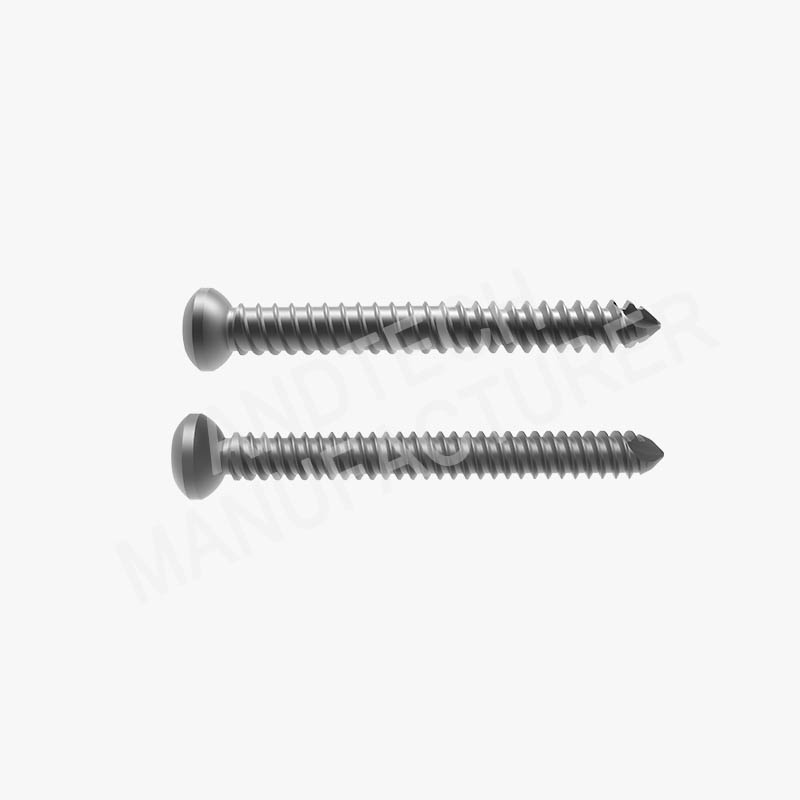
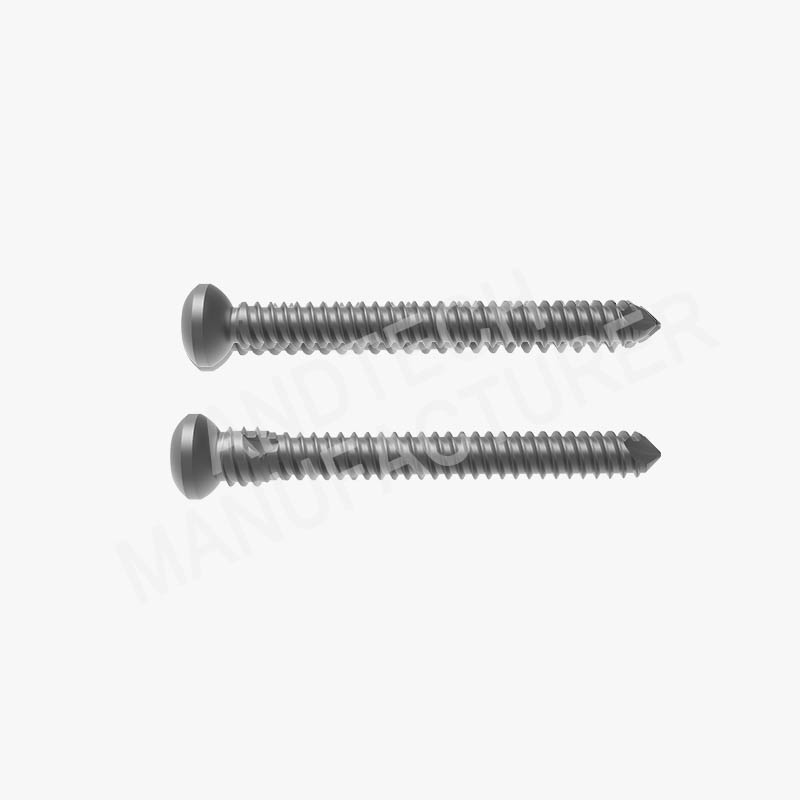
End Cap
Proximal 5.0 Double Thread Locking Nail System
Distal 4.5 double thread locking nail system